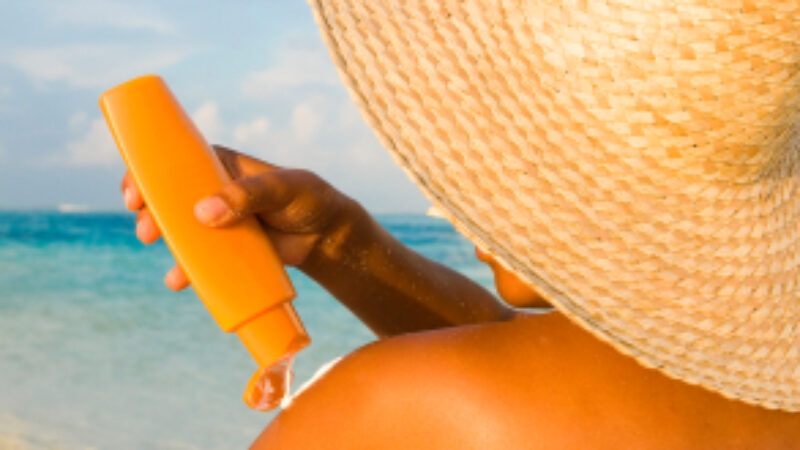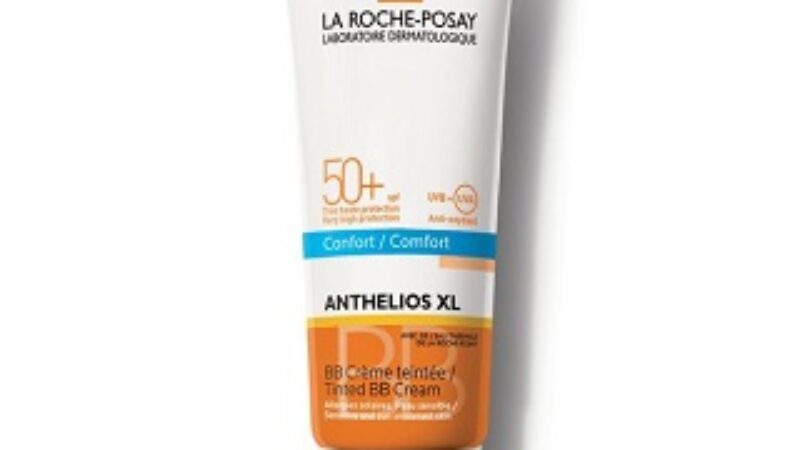If you’re following safe sun practices you’ve probably been able to avoid a sunburn:
- Stay out of the sun or seek shade during the sun’s peak hours between 10 am and 4 pm
- Wear hats, sun glasses and cover up
- Use a broad spectrum UVA/UVB blocking sunscreen with a minimum of SPF 30. Apply frequently if you are perspiring or engaging in active sports, particularly those that include water.
Despite your best efforts, you may still develop a sunburn. From forgetting to apply to certain areas, or not applying enough, or often enough, sunburns not only cause pain and discomfort, but may require medical attention. Caused when skin receives exposure to ultraviolet radiation, a sunburn results in damaged skin that appears red and swollen accompanied by pain. Peeling occurs when the damaged (dead) skin cells shed. The peeling is often accompanied by itching.
Fast Thinking Saves The Day
You may think you’re safe once you’ve escaped from the sun, but sunburns trigger a reaction that can progress underneath the skin’s surface as long as 24 hours after the initial exposure. For this reason quick thinking and fast action can help to minimize the damage.
Here are some top tips to help:
- Stop the inflammation. Non-steroidal anti-inflammatory drugs (NSAIDs) as found in over the counter preparations such as aspirin, ibuprofen or naproxen can help. NSAIDs work by reducing the inflammatory process and may help prevent a sunburn from progressing further. Whether you choose to take anti-inflammatory medicine orally or topically, administer them as early as possible to help slow the inflammatory process that accompanies a sunburn.
- Indulge in antioxidants. Applying a light cream, lotion or serum containing antioxidants such as Vitamin C, green tea and Vitamin E can help to fight the free radical damage caused by exposure to UV rays. Free radicals are associated with aging skin – wrinkles, age spots, etc. Green tea has the added benefit of slow inflammation. Some sunscreens including Keys Solar Rx and Marie Veronique Organics include antioxidants as well as sun filters helping protect skin in two ways.
- Apply cool (not cold) compresses. Cool compresses help to lower the temperature of the skin, which can help to relieve pain and slow down the inflammatory process.
- Stay out of the sun! Seems simple enough, but if you must go out, cover up and use sunscreen.
- Numb the pain. Topical anesthetics are effective pain relievers, but many are known to sensitize skin. Stay away from ingredients such as lidocaine or benzocaine. Products that contain Pramoxine HCl, a topical anesthetic, are safe for sunburned skin. Reapply often for continued relief.
- Seek medical attention. Blisters that accompany a sunburn are indicative of a second degree burn. While one blister isn’t necessarily cause for concern, several necessitate a visit to your physician. Heatstroke, which is caused by excessive exposure to the sun, causes symptoms including nausea, vomiting, headache or unconsciousness. This is a serious condition that requires immediate medical attention – left untreated it can cause death.
We all know that a sunburn isn’t healthy (or pleasant). Try to avoid one at all costs, but these tips should help you to recover as soon as possible.




